06-17.10.2015
Bioism creatures are studying iconoclastic activities: field researches on Lenin's anatomy and ukrainian cultural revolution as an execution in effigy. Filling the emptiness.
East, south and central Ukraine.

Popivka, Mirgorod, 7.10.2015
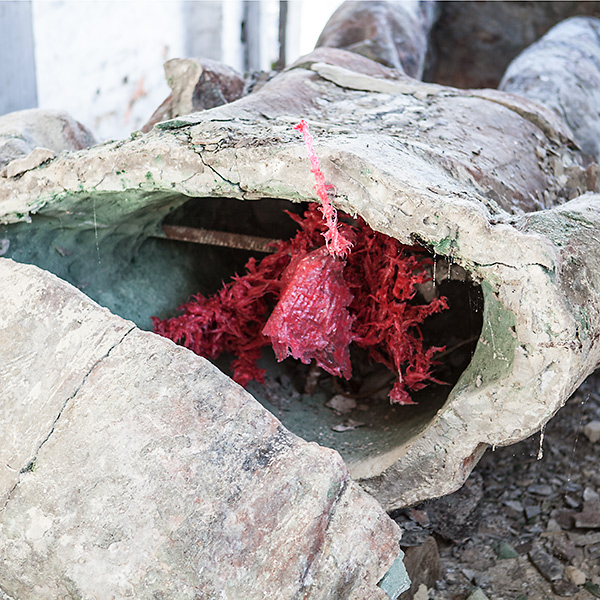
Derevki, Dikan’ka, 8.10.2015
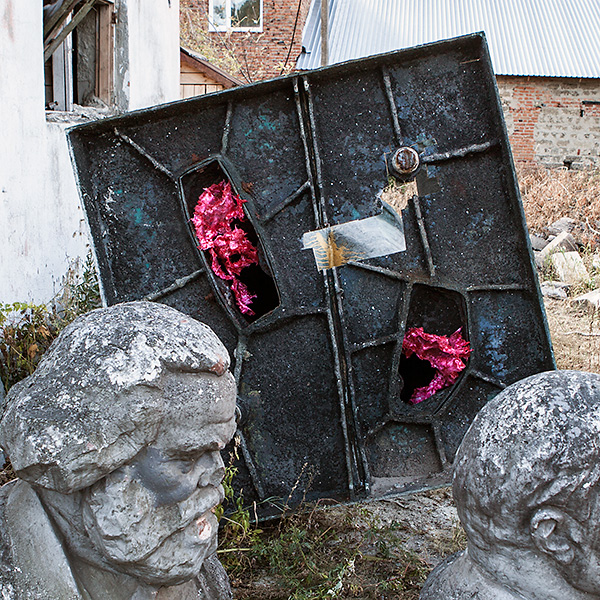
Krasnokuts’k, 8.10.2015

Dobrovillya, 10.10.2015
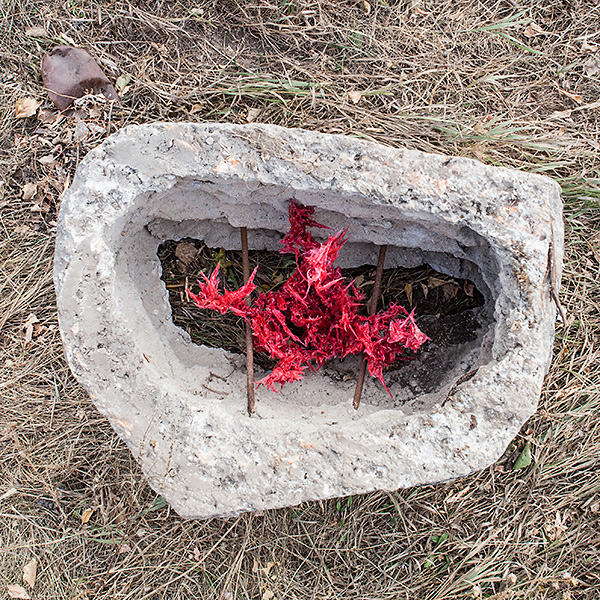
Doroznjanka, Huljajpole, 11.10.2015

Veseljanka, Zaporizzja, 12.10.2015
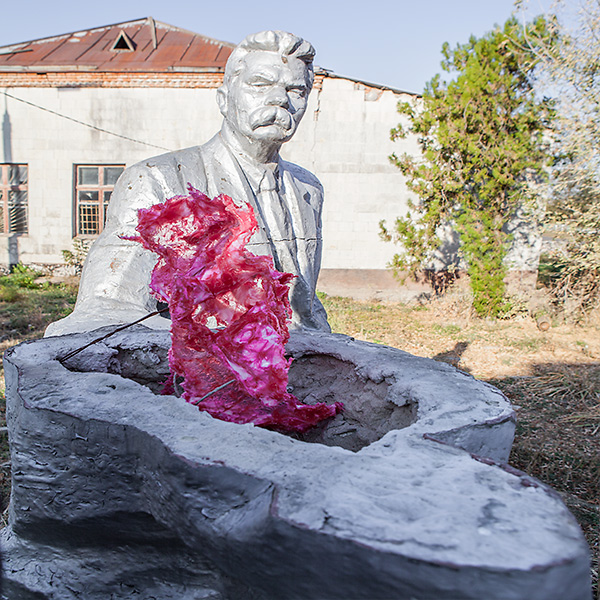
Shiroke, Tokmak, 12.10.2015

Ingulets, Cherson, 13.10.2015
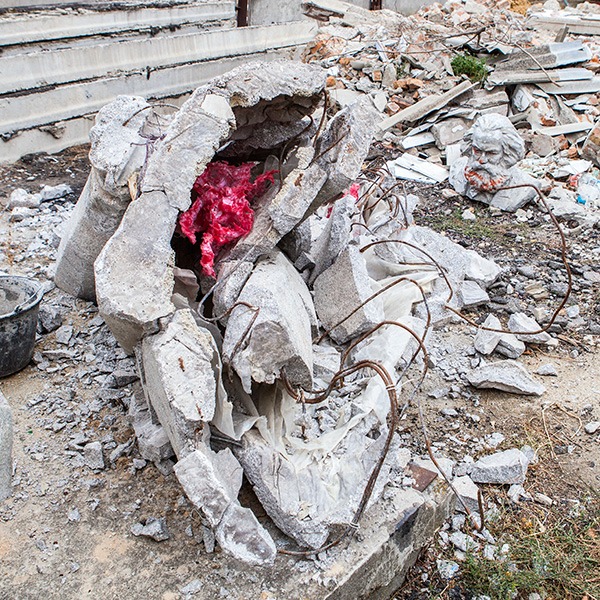
Bilozerka, Cherson, 13.10.2015
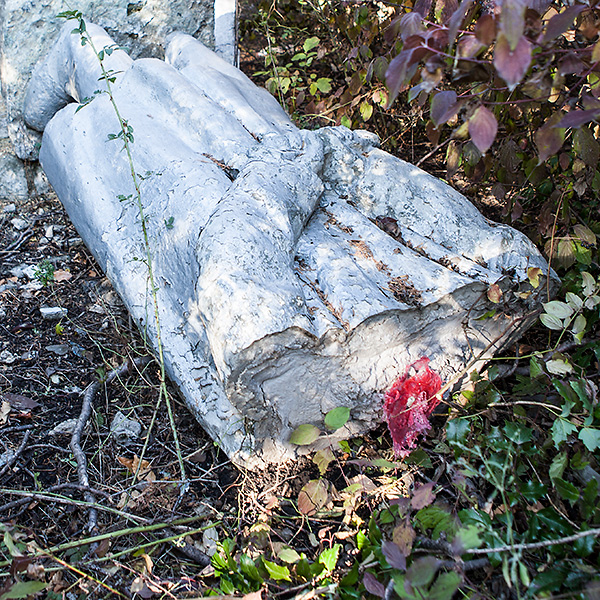
Butsenivka, Odessa, 14.10.2015

Mala Vyska, Kirovograd, 15.10.2015

Raigorod, Nemiriv, 15.10.2015

Ksaverivka, Vasilkiv, 17.10.2015
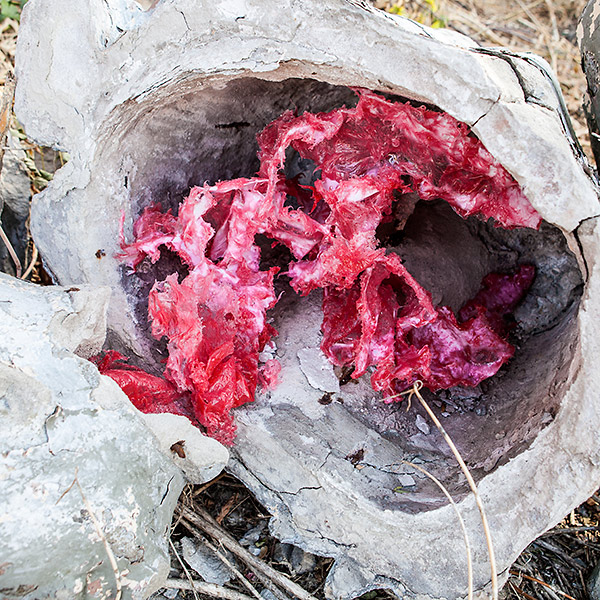
2015 I created a map with over 800 verified locations of demolished Lenin statues and other Soviet-era monuments across Ukraine. I traveled over six thousand kilometers, from the north through the east, central, and western parts of the country. I found many of these “lost” sculptures and spoke with locals about what this iconoclasm meant to them. The journey was long and sometimes heavy with the weight of history and the reactions of upset populations. Later, an extended part of this documentation was acquired by the Getty Center in Los Angeles, preserving a record of a moment when monuments vanished.
The removal of these statues was no mere act of destruction. It ruptured the fabric of memory. Iconoclasm, a force older than modern history, has always been more than smashing stone and metal. It is a language of rebellion and rewriting memory. In Ukraine, these acts opened wounds but also cleared paths where a new sense of identity could grow, fragile and often violent. This movement was part of a larger wave of decommunization, an official and speculative effort to unmake the symbols of an oppressive past.
Philosophically, iconoclasm challenges how societies remember. Monuments are not just objects; they are stories and ideologies cast in form, often clear propaganda of power and current politics. To tear them down is to question whose history matters and whose voices endure. Yet this is never a simple erasure. It is a tension between past and future, a space where memory is both contested and recreated.
The science of historic iconoclasm shows how societies across time have used image-breaking to reshape collective identity. From Byzantine religious conflicts to revolutionary purges, breaking statues has marked moments when old orders fall and new ones arise. In Ukraine, this wave is different, layered with the scars of Soviet control and the urgent desire for fragile, activist freedom. Each removed Lenin speaks of a fracture but, for me personally, also a chance — broken dusty spaces waiting for new life forms.
Most of the locals I met held upset feelings: loss and uncertainty. Only a few were positive about what had happened and offered suggestions for new installations. Most thought about poets or Cossacks. This complexity reveals that iconoclasm is never total. Memory adapts.
From the perspective of Bioism, this intervention resonates with the creation of new life forms, not only as possible biological facts but as cultural explorations of empathy. Just as Bioism embraces the overflowing creativity of life beyond survival, the act of dismantling old monuments can be seen partly as a moment of superabundance where old structures give way to a fertile excess of new meanings and possibilities. It is a kind of aesthetic evolutionary rapture where history itself mutates toward greater complexity and nuance.
Well, to break is sometimes to build, and to lose can mean to find new ways of seeing.
Some of the monuments are still hidden, preserved, sometimes buried until the next curve of history, partly forgotten in backyards through absence and silence. And a story still unfolding.
MONOPOL: Künstler dokumentiert "Bildersturm" >
Welt: Künstler dokumentiert „Bildersturm“ in der Ukraine >
Südthüringer Zeitung: Künstler zeigt Zerstörung von Lenin-Denkmälern >
News24: Artist uses destruction of Lenin statues to put focus on Ukraine >
Deutsche Welle: Ленин без головы, или Иконоборчество по-украински >
PS: Regarding Gogol's Squabble: "A wonderful town is Mirgorod!.. you will surely stop and admire the view: such a wonderful pool is there! The finest you ever saw."

















